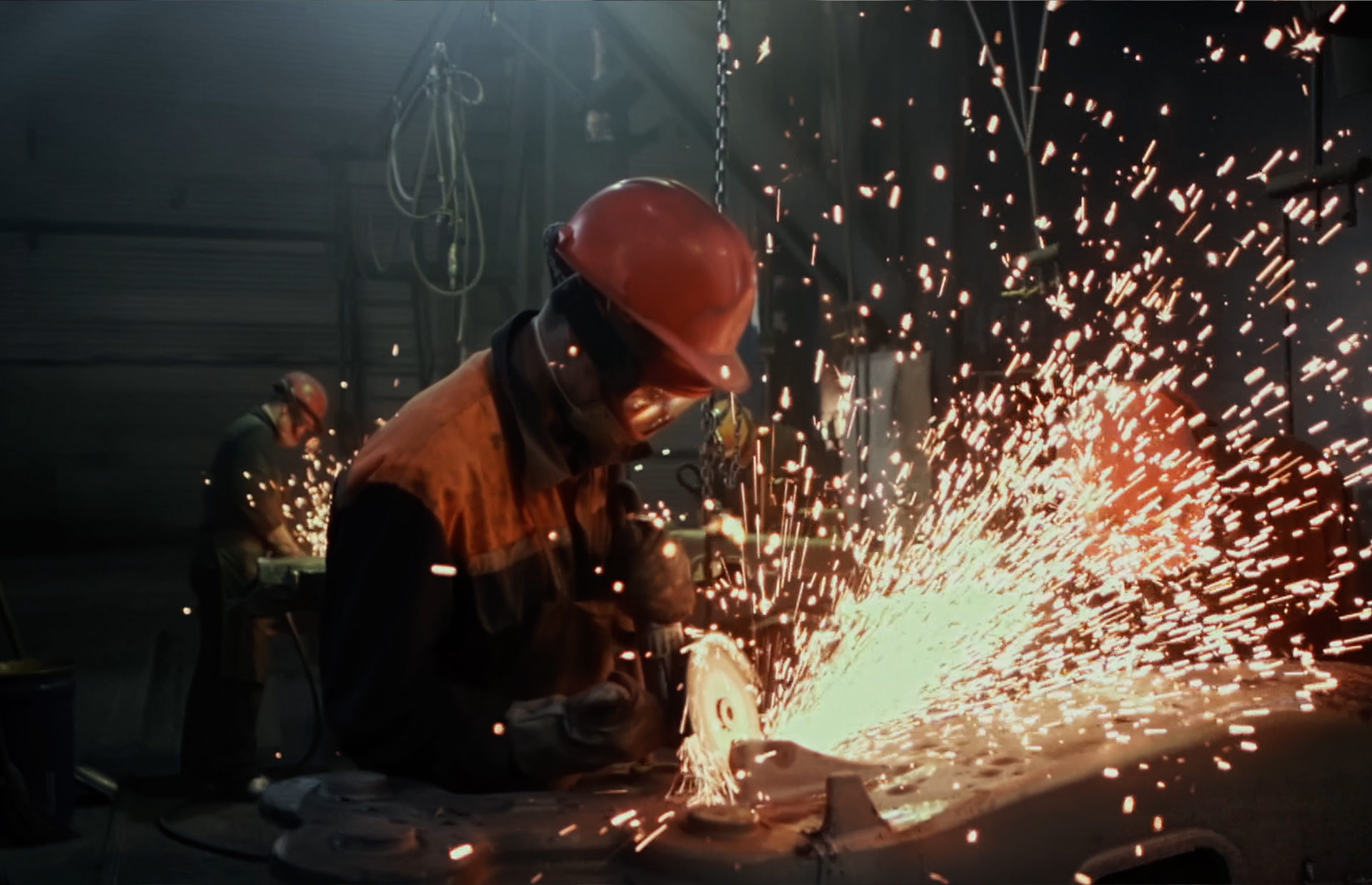Construction workers are 100 times more likely to die from a preventable occupational disease than from an accident (HSE, 2015), yet much of the work to improve conditions focuses on ‘safety’ rather than ‘health’.
Work is being done to change perceptions and challenge the prevailing culture. In this context, this research is a crucial opportunity for a piece of rigorous thought leadership research in the construction sector to understand existing attitudes and provision and explore methods for changing the culture in the construction industry.
There is a notable lack of knowledge of what occupational health surveillance consists of...
Between 10th September and 14th October 2019, Savanta ComRes surveyed 250 construction employers. Interviews were conducted over the telephone and lasted for approximately 10 minutes. The construction employers surveyed were all senior decision-making members, responsible for occupational health or health and safety.
Employers are aware that there are legal requirements when it comes to occupational health provision. Additionally, they are able to identify a range of benefits to themselves, their staff and the financial health of their business. Yet we still find that none of the 250 employers surveyed are meeting the minimum requirements for adequate surveillance health provision, and below this, many are offering either a lower level or no provision at all.
There appears to be a significant misunderstanding among employers about their health surveillance requirements. Many are aware that there is a legal need, but few are aware of the specifics. Many believe that their size negates the need for formal, recorded occupational health assessments. They state that they do not feel their company is big enough, that they are just a family company or that the process is too time consuming for a company of their size. There is a lack of knowledge on the correct frequency of health assessments: a quarter (27%) only provide assessments when employers join, and a similar proportion only do so annually.
There is a notable lack of knowledge of what occupational health surveillance consists of. When asked what health assessments they provide, many responses were limited to basic risk assessments or ‘toolbox talks’. A quarter (24%) do not offer time in working hours to attend occupational health assessments, rising to four in ten (40%) in smaller businesses. While a number of employers fall short of the higher levels of provision due to incorrect storage, two in five (19%) claim they do not store employee health records.
The general lack of awareness on the topic of health surveillance is typified by the high number of “don’t know” responses for several of the questions about provision. Many of these employers were unable to answer questions on occupational health despite this falling under their professional responsibility.
However, despite only a small proportion of employers reaching the higher levels of health surveillance provision, there is evidence that there is a desire from employers to protect the health of their workforce. Employers mention that they care greatly about their employees’ health, with some saying that they do not provide health surveillance because they are themselves attentive enough to avoid risks, and that they would not expose their own employees to hazards that they are incapable of protecting themselves from.
The motivation to protect employees’ health is present among most of those we spoke to. Where they fall short of the minimum standards is not necessarily down to lack of interest or engagement with health surveillance, but more likely due to a lack of understanding. This suggests that through increased awareness and education on the specific requirements and a system that is easier to follow and implement correctly, there is an appetite within the UK construction industry to improve the levels of health surveillance provision.
Read the full report here.





